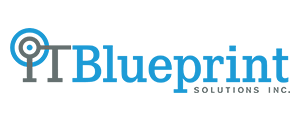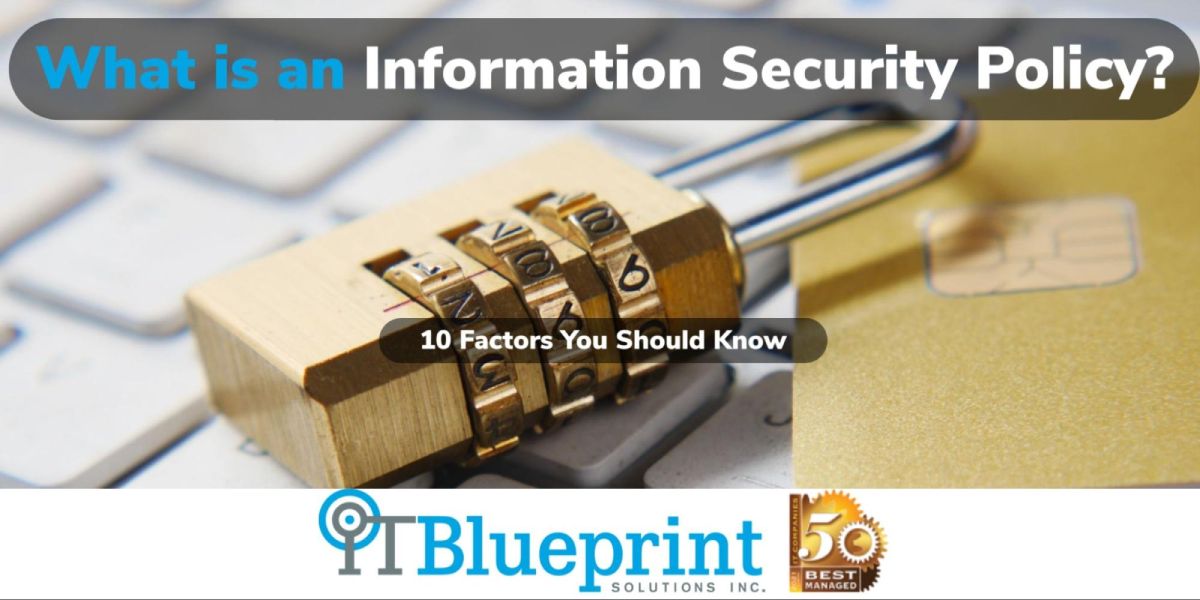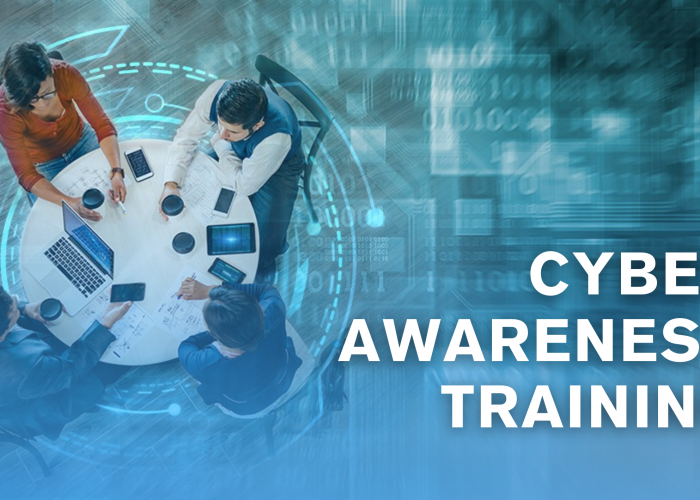An information security policy plays an integral role in an organization’s data and process protection.
From strengthening infrastructure, educating employees about cyber risks, mapping out incident responses, to maintaining an elevated security posture, there are many components to an information security policy template that businesses need and should know for maximum protection.
To learn more about what is an information security policy, what should be included, examples, and more, continue reading this blog.
What is an Information Security Policy?
An information security policy template is a set of rules or guidelines that govern how information technologies and their resources should be used, managed, and protected. For an organization, this includes all of its users, networks, and digitally stored information.
Worried About Security Gaps In Storage or Infrastructure?
Discover how we help businesses stay protected from cyberattacks BEFORE it’s too late.
10 Elements of a Sample Information Security Policy
The information security policy template for small business owners will vary from large businesses, but as a whole, it possesses many of the same security controls for dictating how information assets, data security, and security incidents are managed.
For instance, safeguarding sensitive data and computer systems, shoring up network security to prevent unauthorized access, and implementing a proactive incident response solution is fundamental to every information security policy.
Additional elements that should be included in an information security policy template include:
|
Core Elements of an Information Security Policy |
|
| Intent |
Define the policy’s purpose, which extends to:
|
| Audience | To whom an information security policy relates with, in addition to noting specific audiences outside policy scope (such as cross-departmental staff roles). |
| Information Security Objectives |
Information security prioritizes the following objectives:
|
| Authority and Access Control Policy |
Hierarchical Pattern – A comprehensive policy that outlines the varying levels of authority over data and IT systems for each organizational role. (For example, a senior manager as opposed to an intern). Network Security Policy – User access to company networks is granted via demand authentication logins, including:
Additionally, all systems should be monitored while a detailed record of all login attempts should be noted. |
| Data Classification, Support, and Operations |
Classify Data into Categories An information security policy should classify data and denote them to ensure sensitive information can only be accessed by approved individuals. Data Support For systems responsible for safe housing intellectual property and customer data, those systems must abide by organizational best practices and industry compliance standards, and often require adds-on like:
Follow industry best practices to encrypt data and securely store backup media. Failure to remain compliant can result in significant compliance fines. For example, in 2021, the Health Insurance Portability and Accountability Act (HIPAA) had fines exceeding $5.9 million. Operations Only use secure protocols to transfer data and ensure any information transmitted across a public network is encrypted. |
| Security Awareness and Encryption Policy |
Conduct training on sensitive data classification, data protection measures, and access controls. Additional facets commonly covered include:
Encryption policies help companies define when encryption is needed, the devices and media that must be encrypted, and minimum encryption standards. |
| Data Backup Policy |
Plays a core role in overall data protection, disaster recovery, and business continuity while defining the procedures for making backup data copies. Additional elements of a data backup policy include:
|
| Personnel Responsibilities | Delegate staff to educate employees, review user access privileges, implement incident management protocols, and carry out periodic security policy updates. |
| System Hardening Benchmarks | Reference and harden mission-critical systems with security benchmarks like the Center for Information Security (CIS) benchmarks. |
| Regulations and Compliance | An information security policy should clearly define regulations and data compliance standards that affect the organization. |
3 Information Security Policy Examples
A sample information security policy can strengthen a business’s sensitive data protection. While there are many types of information security policies, here are three information security policy examples that can be used to help meet security requirements:
|
Information Security Policy Templates |
|
| Acceptable Use Policy | Maps out encryption algorithms requirements acceptable for use across an organization (ex: has been proven to work effectively or has received substantial public review). |
| Acceptable Encryption Policy | Defines the acceptable use of computing services and equipment, along with enforcing appropriate employee security measures to protect an organization’s proprietary information and resources. |
| Data Breach Response Policy |
States the goals for the breach response process. Defines the definition of a breach, affected staff roles and responsibilities, and provides standards and metrics for reporting, remediation, and feedback mechanisms. |
These are but a few of the common information security policies that most businesses need. For a complete run down, book a free security consultation with us today.
For more information related to information security, visit the following blogs: |
Architect A Complete Information Security Policy With iTBlueprint
Information security policy examples will only get a business so far.
For those reasons, many businesses often turn to MSPs for end-to-end information security policies. As a leading provider of IT services for over 18 years, iTBlueprint has the experience, tools, and resources required to overhaul your information security policy.
Having serviced more than 180 businesses, we understand what it takes to improve the information security of small, medium, and large businesses across multiple industry verticals.
For a complete information security policy that is tailored to your needs, budget, and goals, contact us today for more information.





